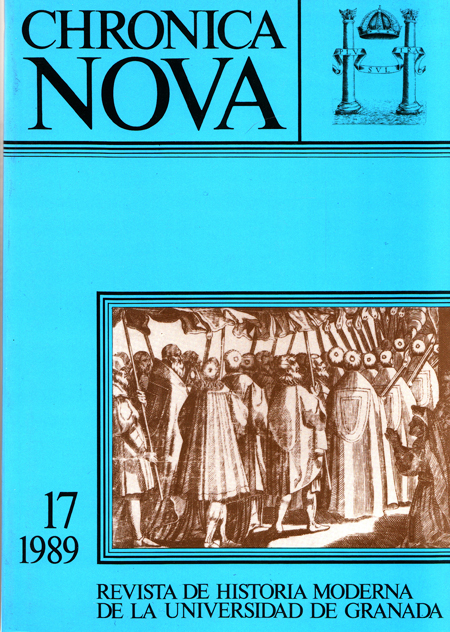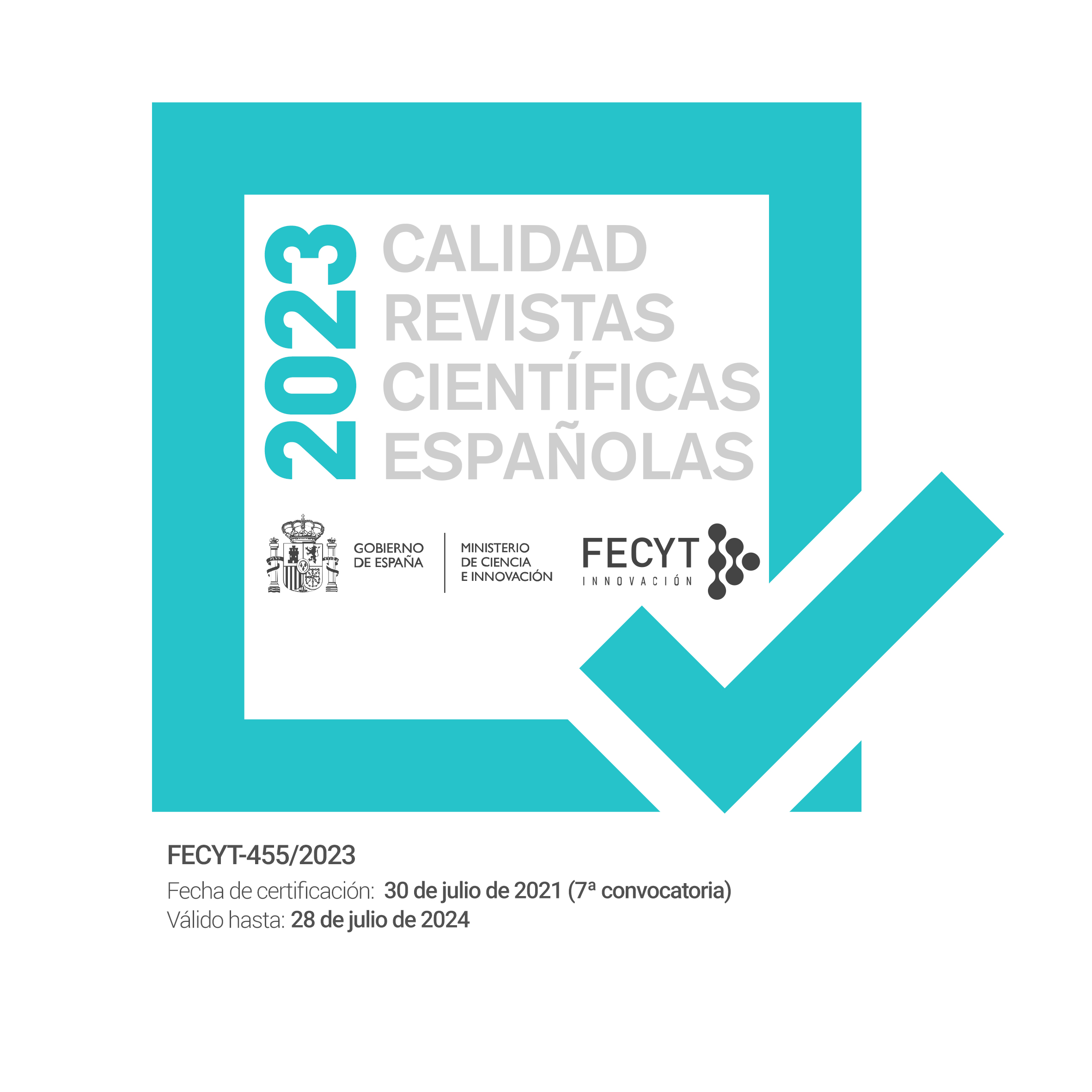La Parroquia del Sagrario de Granada en el siglo XVI: Estudio demográfico
DOI:
https://doi.org/10.30827/cn.v0i17.2834Abstract
“The Parroquia del Sagrario in the XVIth century in Granada. A demographic study” is the result of research undertaken in the Parish Registers of Baptisms, Marriages and Burials between 1527, the date of the first preserved record of baptism, and 1599.
The political, religious, economic and cultural activities of Granada centred round this Principal Parish (Parroquia Mayor). The demographic consequences which resulted from these special characteristics are those of atipicity. In addition, the almost total absence of Moors in the parish meant that its demographic evolution in the latter decades of the XVIth century was not one of decline but clearly of increase. Moreover, the social make-up of this population affected its evolution: together with the important, but small in number, aristocratic class, a great number of slaves who worked in the service of the latter, and a considerable number of tradesmen whose premises and workshops were centred round the silkmarket and the river.
Downloads
Downloads
How to Cite
Issue
Section
License
Nuestra revista se atiene a las recomendaciones para la implementación del Artículo 37 Difusión en Acceso Abierto de la Ley de la Ciencia, la Tecnología y la Innovación:
- Los/as autores/as cuyas contribuciones sean aceptadas para su publicación en esta revista conservarán el derecho no exclusivo de utilizar sus contribuciones con fines académicos, de investigación y educativos, incluyendo el auto-archivo o depósito de los artículos aceptados en repositorios institucionales o temáticos de acceso abierto de cualquier tipo en un plazo máximo de seis meses.
- Preferiblemente se permitirá el uso de la versión publicada de las contribuciones científicas, que estarán accesibles en abierto tan pronto como sea posible.
-
Que en caso de que el trabajo sea aprobado para su publicación, el/la autor/a autoriza de manera ilimitada en el tiempo a la entidad editora para que incluya dicho texto en Chronica Nova y pueda reproducirlo, editarlo, distribuirlo, exhibirlo y comunicarlo en el país y en el extranjero por medios impresos, electrónicos, CD, Internet o cualquier otro medio conocido o por conocer.






 ISSN-e: 2445-1908
ISSN-e: 2445-1908










